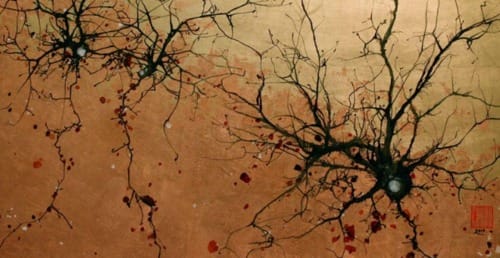Outside the (X) box: Can brain-scans account for our understanding of art?

How do videogames change from things that we generally think of as distractions and become something closer to film, music, or poetry? One view is that we expand the definition of art, so that it includes disciplines like the sciences. However, as the Heideggerian opinion of Alva Noë, a philosopher at CUNY, points out, what separates the sciences from the arts is larger than our choice of words. It comes down to our human nature.
What is striking about neuroaesthetics is not so much the fact that it has failed to produce interesting or surprising results about art, but rather the fact that no one – not the scientists, and not the artists and art historians – seem to have minded, or even noticed. What stands in the way of success in this new field is, first, the fact that neuroscience has yet to frame anything like an adequate biological or “naturalistic” account of human experience…
We need finally to break with the dogma that you are something inside of you – whether we think of this as the brain or an immaterial soul – and we need finally take seriously the possibility that the conscious mind is achieved by persons and other animals thanks to their dynamic exchange with the world around them.
-Jason Johnson



